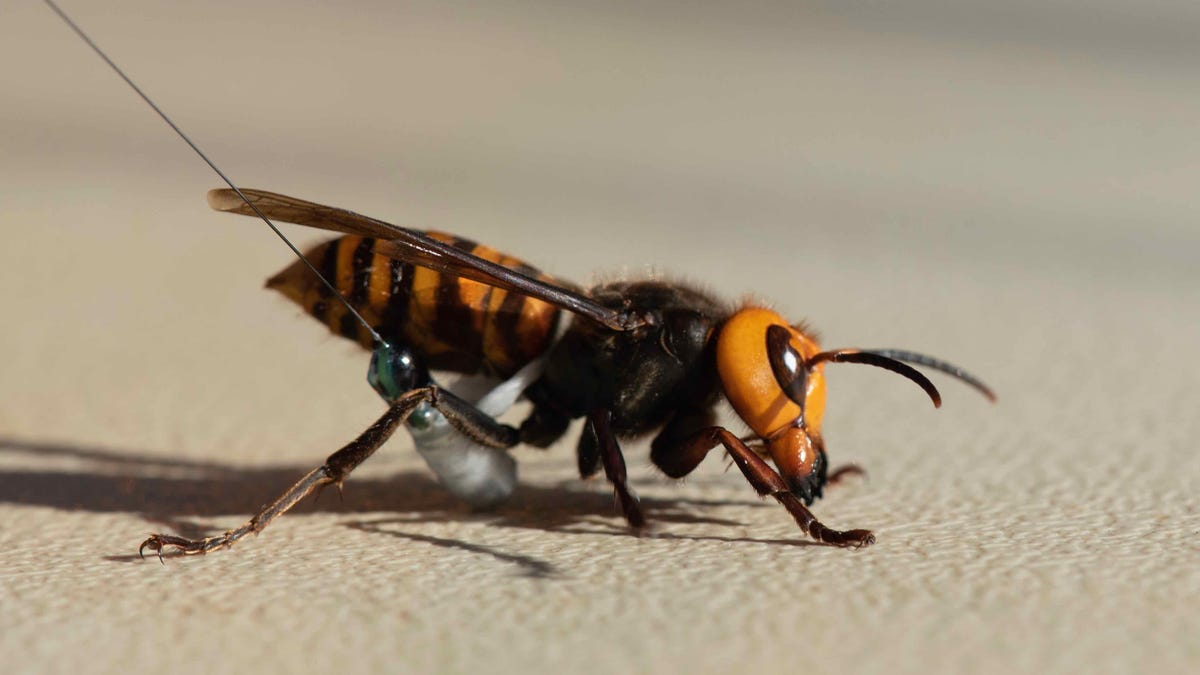A look inside the Asian giant hornets' nest reveals far more murderers
The "murder hornets" found in Washington were preparing to spread out exponentially next year.

Murder hornets are here, but with any luck, not for long.
Humanity exhaled a rare sigh of relief last month when officials in Washington state announced they'd destroyed the first nest of Asian giant hornets found in the US and vacuumed up dozens of the so-called "murder hornets" in the process.
Now it turns out there were many more specimens of the homicidal hornets, which earned their murder-y nickname from their ability to decapitate large numbers of bees and even destroy their hives.
The Washington State Department of Agriculture (WSDA) announced during a press conference Tuesday that it found almost 500 hornets at different stages of development when it opened up the nest later.
Opening up the nest was no small feat, as it was located about 8 feet (2.4 meters) up inside a tree, which had to be cut down and split open. Inside, scientists found that part of the interior of the tree had been gnawed away to accommodate a nest of six combs with approximately 776 cells (approximate because there was some damage to the combs), each cell capable of holding a hornet as it develops.
WSDA managing entomologist Sven Spichiger broke down what the team found inside the nest, which included six unhatched eggs, 190 total larvae, 108 pupae, 112 workers, nine male drones and 76 queens. Almost all those queens would've come with the potential to start a new nest somewhere else next year.
"We got there just in time," Spichiger told reporters. "This is an introduced species that's not supposed to be here in the Pacific Northwest or in North America at all. They definitely compete with our native species ... and it's just one more thing that managed honeybees don't need to deal with."
The killer hornets also turned out to be very resilient.
"Despite multiple applications of carbon dioxide, removal of the workers, and storage in a cold facility, most of the specimens were still alive when the nest was opened," read a release from WSDA.
Spichiger added that he believes there are other nests out there yet to be discovered in the region.
The sting of the large hornet is painful to humans, so keep your distance if you come across one, but if you can grab a photo, WSDA is asking the public to submit them and report sightings to agr.wa.gov/hornets.

